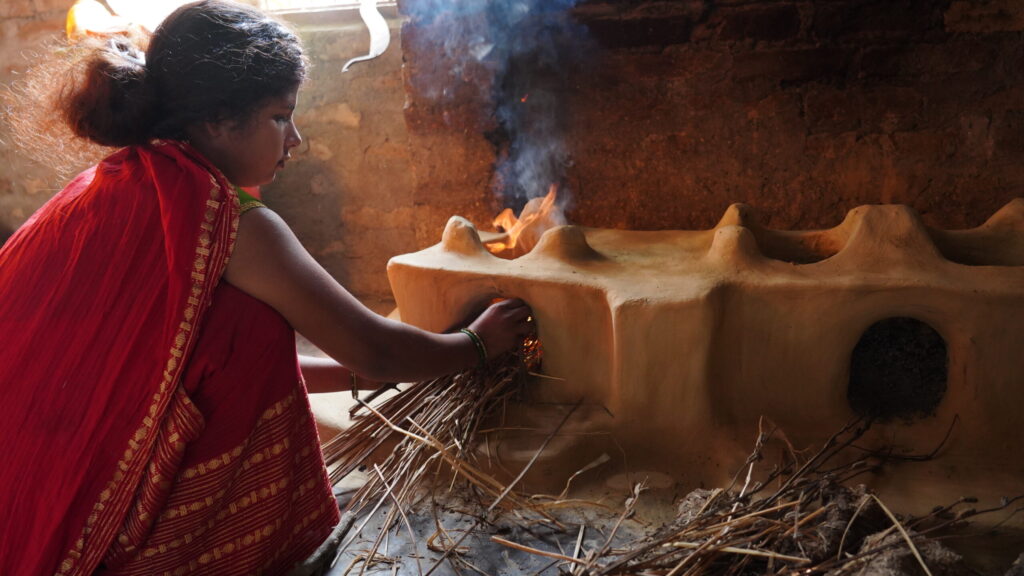Too Hot to Cook: Why Clean Energy Matters for Women in Nepal—and Beyond
Imagine cooking dinner while drenched in sweat, the walls radiating heat like an oven, the fire crackling inches from your face. Now imagine doing that for four hours a day—every day—after having already spent hours collecting firewood for the week.
This is a daily reality for many women in Nepal’s Madhesh Province, where the critical responsibility of cooking comes with significant, heat-related impacts.

A new study reveals how dangerous heat can be for women cooking over open fires in poorly ventilated kitchens. A collaboration between Sustainable Prosperity Initiative Nepal and the Clean Cooking Alliance, the research finds that women in rural Nepal spend over 374 hours a year collecting fuel, only to return to kitchens where temperatures often exceed international heat stress limits (ISO 7243), in which they spend about four hours a day. These extreme environments can cause dehydration, fatigue, and even long-term heart problems. The heat suppresses appetite, making it harder to maintain a nutritious diet. For women in the caste-based Dalit community – already facing systemic discrimination – the burden is even heavier.
But Nepal’s kitchens are not alone in feeling the heat. According to the International Labor Organization (ILO), heat stress could drastically reduce global productivity, wiping out the equivalent of 80 million full-time jobs globally by 2030, with South Asia among the hardest-hit regions (ILO, 2019). While most conversations about heat stress focus on outdoor laborers, this study reframes cooking itself as a serious occupational hazard, especially for women.
The research team not only identified the issue of heat stress from cooking, but they also came up with a way to better understand its significance. By developing a simple kitchen temperature surveillance toolkit that can be added to household surveys, the researchers made it possible to easily gather details on how hot kitchens actually become. This data can then inform Nepal’s policies on public health policies, energy disaster planning, disaster risk reduction, and stove procurement standards.
Fortunately, technological solutions already exist: cleaner, cooler cooking. Whether it’s high-efficiency biomass, solar-electric hybrids, biogas, LPG, or electric induction stoves, modern technologies can drastically reduce indoor heat and improve lives.
The Government of Nepal has made ambitious commitments to expanding access to clean cooking. This new research on heat stress should accelerate the momentum to reach these goals, while complementing the support CCA has provided in Nepal over the last decade, including on developing standards for cooking appliances and geospatial planning tools.
Cooking is a necessary and nourishing activity; women should not have to endure excessive heat, smoke, and time burdens to simply feed their families.
Read the full study here.
References:
- Ghimire, A., Manandhar, M. D., Karki, S., & Bajracharya, K. (in the process of publication). Negotiating Household Heat: Thermal Labor, Energy Justice, and Women’s Health in Nepal’s Madhesh Province.
- International Labour Organization. (2019). Working on a Warmer Planet.
- International Organization for Standardization. (2017). ISO 7243.
- Practical Action. Study on Gender and Livelihoods Impacts of Clean Cookstoves in South Asia. The Hague, Netherlands: 2015.
